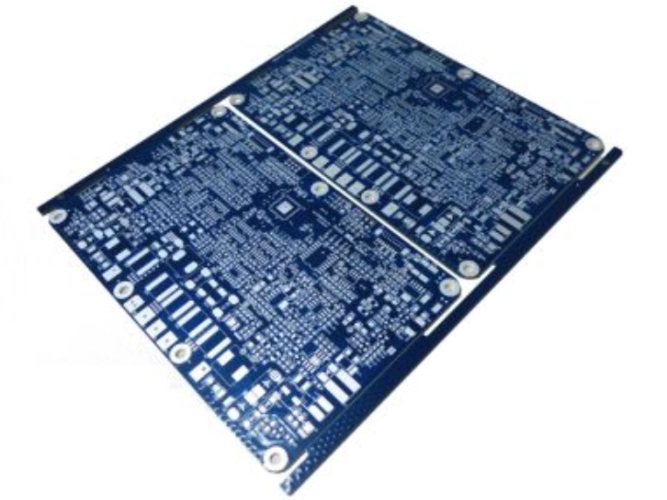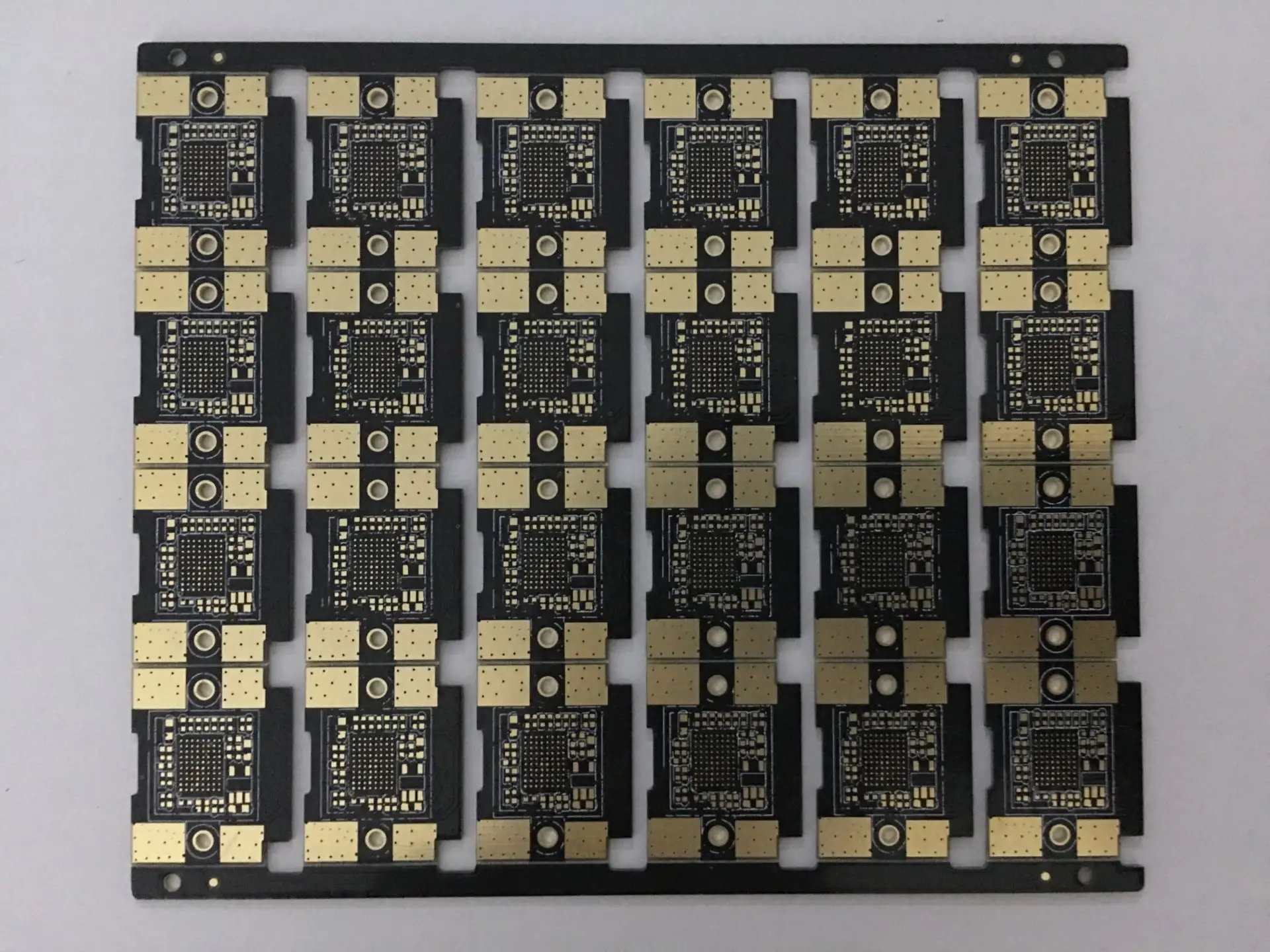
PCB high-frequency circuit board applICation and substrate materials
circuit board manufacturing, circuit board design, PCBA processing manufacturers explain the application of PCB high-frequency circuit board and the introduction of substrate materials
printed circuit boards, also known as printed circuit boards, are providers of electrical connections for electronIC components.
printed circuit board is usually represented by "PCB", not "PCB".
PCB design is mainly layout design; The main advantage of using circuit board is to greatly reduce wiring and assembly errors, and improve the automation level and production labor rate.
High Frequency Circuit Board is a special circuit board with high electromagnetic frequency. Generally speaking, high frequency can be defined as the frequency above 1GHz. Its physical performance, accuracy and technical parameters are very high, and are commonly used in automotive anti-collision systems, satellite systems, radio systems and other fields.
High frequency of electronic equipment is a development trend, especially with the increasing development of wireless network and satellite communication, information products are moving towards high-speed and high frequency, and communication products are moving towards the standardization of voice, video and data of wireless transmission with large capacity and fast speed. Therefore, the new generation of products need PCB high-frequency circuit boards.
The customer groups of PCB high-frequency circuit boards include base station satellite system, mobile phone receiving base station and other communication products. These products must be applied to high-frequency circuit boards, which will surely develop rapidly in the next few years, and high-frequency substrate will be in great demand.

The basic characteristics of PCB high-frequency circuit board substrate materials are as follows:
1. Other heat resistance, chEMIcal resistance, impact strength and peel strength must also be good.
2. Low water absorption and high water absorption will affect the dielectric constant and dielectric loss when affected with moisture.
3. The thermal expansion coefficient shall be consistent with that of copper foil as much as possible, because the inconsistency will cause copper foil separation in cold and hot changes.
4. The dielectric loss (Df) must be SMAll, which mainly affects the quality of signal transmission. The smaller the dielectric loss, the smaller the signal loss.
5. The dielectric constant (Dk) must be small and stable. In general, the smaller the better the signal transmission rate is, the inverse ratio of the square root of the dielectric constant of the material is. High dielectric constant is easy to cause signal transmission delay.
Generally speaking, the high frequency of PCB high frequency microwave RF board/RF board can be defined as the frequency above 1GHz At present, the high-frequency circuit board substrate that is widely used is fluorine based medium substrate, such as polytetrafluoroethylene (PTFE), which is usually calLED Teflon and is usually used above 5GHz. In addition, FR-4 or PPO substrate can be used for products between 1GHz and 10GHz
Physical property comparison of frequency base plate is as follows.
At present, epoxy resin, PPO resin and fluoro resin are the three types of high-frequency substrate materials, among which epoxy resin is the cheapest, while fluoro resin is the most expensive; Considering dielectric constant, dielectric loss, water absorption and frequency characteristics, fluororesin is the best, while epoxy resin is the worst. When the frequency of product application is higher than 10GHz, only fluororesin printed boards can be used. obvious
Fluorine resin high-frequency substrate has higher performance than other substrates, but its disadvantages are poor rigidity and large thermal expansion coefficient besides high cost. For polytetrafluoroethylene (PTFE), a large number of inorganic substances (such as silica SiO2) or glass cloth are used as reinforcing filler materials to improve the performance, so as to improve the rigidity of the base material and reduce its thermal expansion. In addition, due to the molecular inertia of PTFE resin itself, it is not easy to combine with copper foil, so special surface treatment is required for the interface with copper foil. The processing method includes chemical etching or plasma etching on the surface of polytetrafluoroethylene to increase the surface roughness or add a layer of adhesive film between copper foil and polytetrafluoroethylene resin to improve the adhesion, but it may affect the medium performance.
The development of the high-frequency substrate of the entire fluorine based high-frequency circuit board requires the cooperation of raw material suppliers, research units, equipment suppliers, PCB manufacturers and communication product manufacturers, etc., to keep up with the rapid development of the field of PCB high-frequency circuit boards. PCB manufacturers, PCB designers and PCBA processors will introduce the application of PCB high-frequency circuit boards and the substrate materials.









